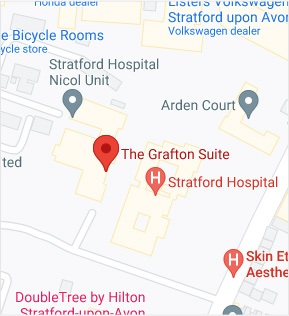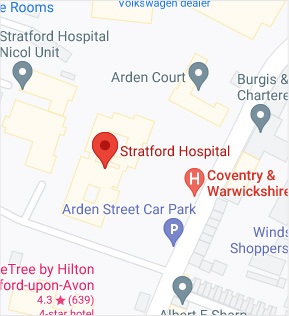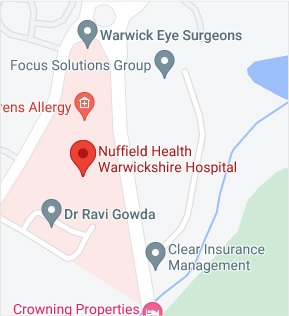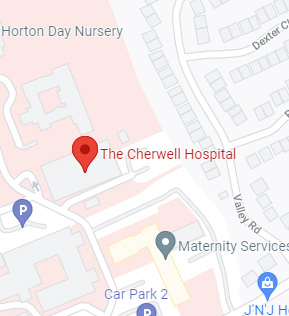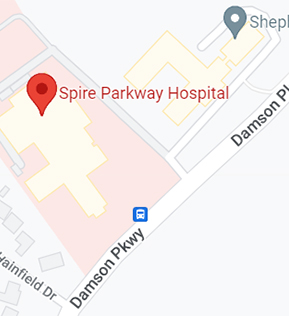What is Lateral Impingement of the Elbow?
Lateral elbow impingement is a medical condition characterised by compression and injury of the soft tissue structures, such as cartilage located at the outer aspect of the elbow joint. The impingement is caused by repetitive forced extensions and overuse of the elbow.
When the elbow is extended fully, the soft tissue structures at the back of the joint become compressed. When these compressive forces become too much or too frequent and more than what the elbow joint can tolerate, it may result in inflammation and damage to the soft tissue and/or cartilage at the back of the joint causing impingement of the elbow. Sometimes, bony spurs may also develop inside the joint contributing to further worsening of the impingement. Other factors that could contribute to impingement include congenital ligamentous laxity or ulnar collateral ligament insufficiency.
Lateral impingement of the elbow is mostly seen in athletes involved in overhead sports, such as baseball, American football, volleyball, tennis, gymnastics, weightlifting, and people involved in vigorous workouts such as heavy bench pressing.
Anatomy of the Elbow
The elbow is a complex hinge joint formed by the articulation of three bones - humerus, radius and ulna. The upper arm bone or humerus connects the shoulder to the elbow, forming the upper portion of the hinge joint. The lower arm consists of two bones, the radius and the ulna. These connect the elbow to the wrist to form the lower portion of the hinge joint. A joint capsule surrounds the elbow joint, which contains a lubricating fluid called synovial fluid. The elbow is held in place with the support of various soft tissues including cartilage, tendons, ligaments, muscles, nerves, blood vessels, and bursae.
Causes of Lateral Impingement of the Elbow
Some of the conditions that can trigger lateral elbow impingement include:
- Synovitis or inflammation of the synovium, a membrane that lines the joints
- Bursitis or inflammation of the bursae, fluid-filled sacs that cushion the joints
- Bone spurs or abnormal bony projections along the ends of bones
- Inflammation of the joints
- Rupture of cartilage or other soft tissues
- Stiffening of the ligaments, muscles, and tendons
Signs and Symptoms of Lateral Impingement of the Elbow
Some of the sign and symptoms of lateral elbow impingement include:
- Pain and tenderness at the elbow
- Joint stiffness
- Locking and catching of the elbow
- Abnormal popping or crackling sound
- Joint effusion
- Decreased range of motion
- Swelling and bruising of the elbow
- Inability or difficulty to extend or straighten the elbow
Diagnosis of Lateral Impingement of the Elbow
Your doctor will review your symptoms and medical history and perform a physical examination to check for range of motion, stability, and strength of your elbow. If necessary, your doctor will order certain imaging tests such as X-rays, MRI, CT scan, or ultrasound to confirm the diagnosis and narrow down any associated problems.
Treatment for Lateral Impingement of the Elbow
Treatment for lateral elbow impingement includes both surgical as well as non-surgical options. Your doctor will decide the best option based on the condition of your elbow.
Nonsurgical treatment options may include:
- Ice: Application of ice packs on the elbow to decrease swelling and pain
- Activity Modification: Avoiding activities that trigger symptoms and changing lifestyle
- Physiotherapy: Regular exercise regimen to improve range of motion and strengthen elbow muscles
- Anti-inflammatory Medication: Meds like naproxen and ibuprofen can relieve inflammation and pain.
- Cortisone Injection: If physiotherapy, medications, rest, and activity modification do not yield the desired results, then a cortisone injection may be helpful. Cortisone is a very effective anti-inflammatory medicine for bursitis and long-term pain reliever for tears and structural damage.
Surgical treatment options may include:
- Arthroscopy: Your doctor will be able to repair damage to soft tissues of the elbow by using this technique. Arthroscopy is a minimally invasive surgical procedure that involves making small keyhole incisions to pass a fibre-optic tube with a tiny camera called an arthroscope and miniature instruments into the elbow joint. The camera displays pictures of the affected region on a television screen and the doctor uses these images to carry out the necessary repair.
- Open Surgery: A traditional open surgery approach would require a large surgical incision to be made to repair the affected region if the injury is large and complex. Open surgery has been utilised for joint debridement (removal of damaged cartilage or bone) or removal of osteophytes (bone spurs).


 REQUEST AN APPOINTMENT
REQUEST AN APPOINTMENT



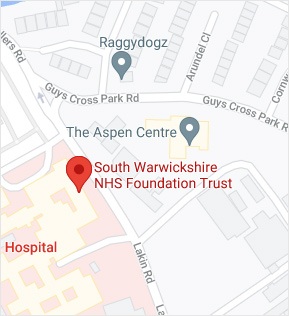
 Ext 4798
Ext 4798